
Bolivia is one of the most diverse countries I’ve ever visited, packed with natural wonders, culture, and history. It may not be the biggest country, but the experiences here feel endless. Here’s my personal guide to the 11 best things to do in Bolivia—some of the absolute highlights of my trip!
1. Discover the one and only Salar de Uyuni
If you’re heading to Bolivia, Salar de Uyuni has to be at the top of your list! I was blown away by its beauty—it’s the largest salt flat in the world, stretching over 10,582 km². Forty thousand years ago, this place was a massive lake, but over time, it dried up, leaving behind the surreal salt landscape we see today.
Now fully uncovered, one of the main reasons 100,000 travelers visit yearly is the mirror effect caused by rainfall. The remaining puddles of water create a mirror-like illusion that gives way to unique and exciting pictures. On dry days, it’s an infinite floor of salt that you won’t see anywhere else.
Quick tip: Some tour operators here aren’t the safest, so be sure to do your research. Check out these Salar de Uyuni tours!
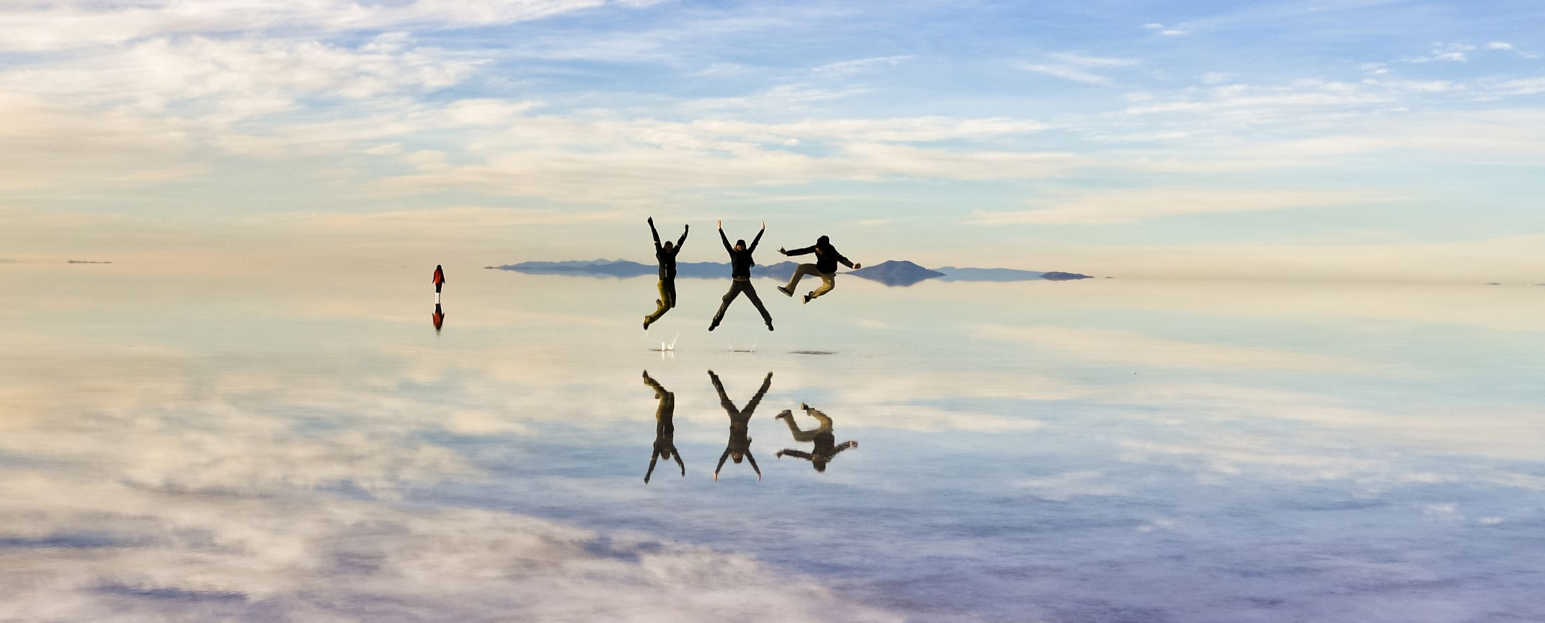
2. A bike ride through the Death Road
Hands down one of the most thrilling things I did in Bolivia. Known as the “World’s Most Dangerous Road,” Yungas Road stretches for over 70 km, winding from La Paz down to Coroico. The ride takes you through stunning landscapes, from the high mountains down into the jungle.
But don’t let the name scare you! The road got its infamous name back in 1995 when accidents were frequent due to reckless driving and dangerous turns. In 2009, a new road was built to replace the dangerous stretch of the Death Road, diverting all traffic to a safer route and allowing motorists to travel from La Paz to Coroico without fear. It has become much safer, with traffic restricted in many sections to provide cyclists a thrilling yet secure experience.
However, caution is still necessary, as some tour operators in La Paz offer cheap tours with poorly maintained bikes, faulty brakes, and other essentials that might not be regularly checked. We recommend checking out these Death Road tours, which many travelers have suggested!
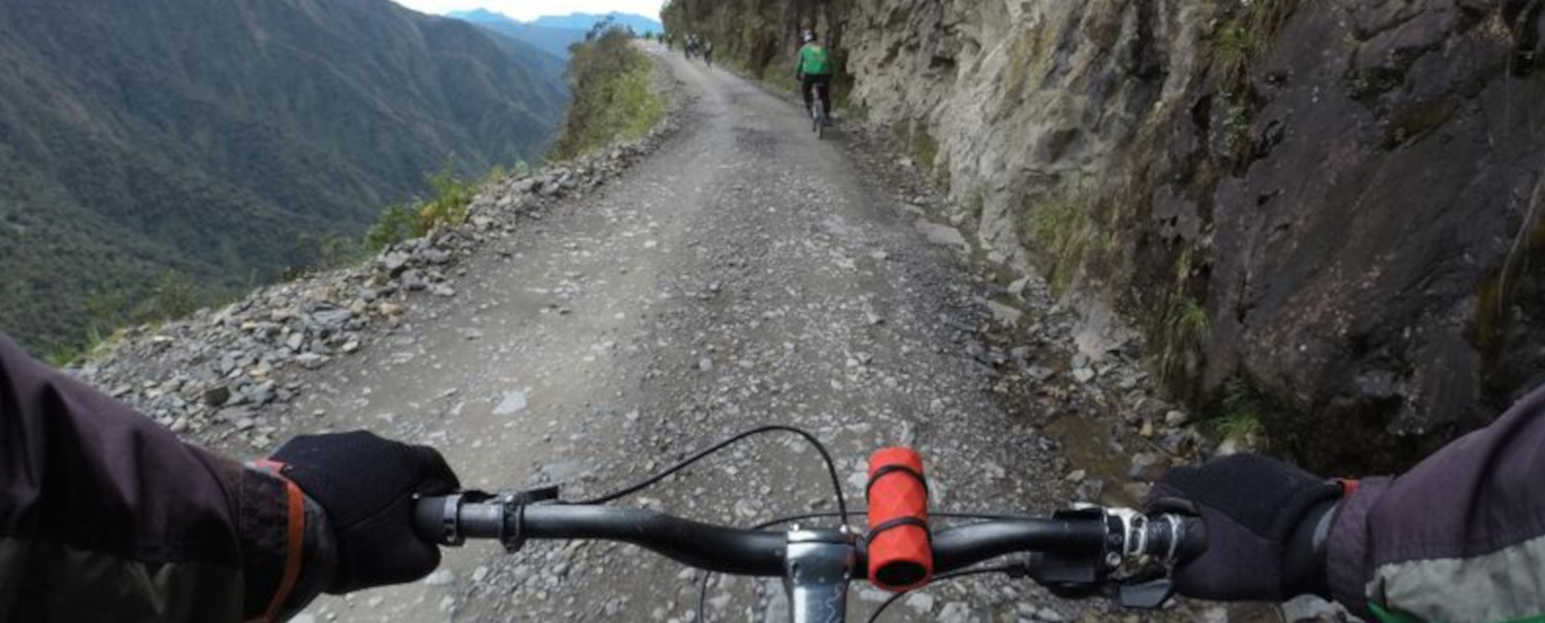
3. Take a Boat Tour to Isla del Sol
The Isla del Sol gathers the most beautiful landscapes on Bolivia’s side of Lake Titicaca. According to Incan myth, it’s believed that Isla del Sol was the birthplace of both Viracocha, the Sun God, and the first two Incas, Manco Capac and Mama Ocllo.
I took a boat from Copacabana, and it was a fun and peaceful experience. There are Inca ruins, stunning viewpoints, and even accommodations if you want to stay overnight. I highly recommend walking across the island—it’s the best way to soak in the views and truly appreciate the beauty of this place.
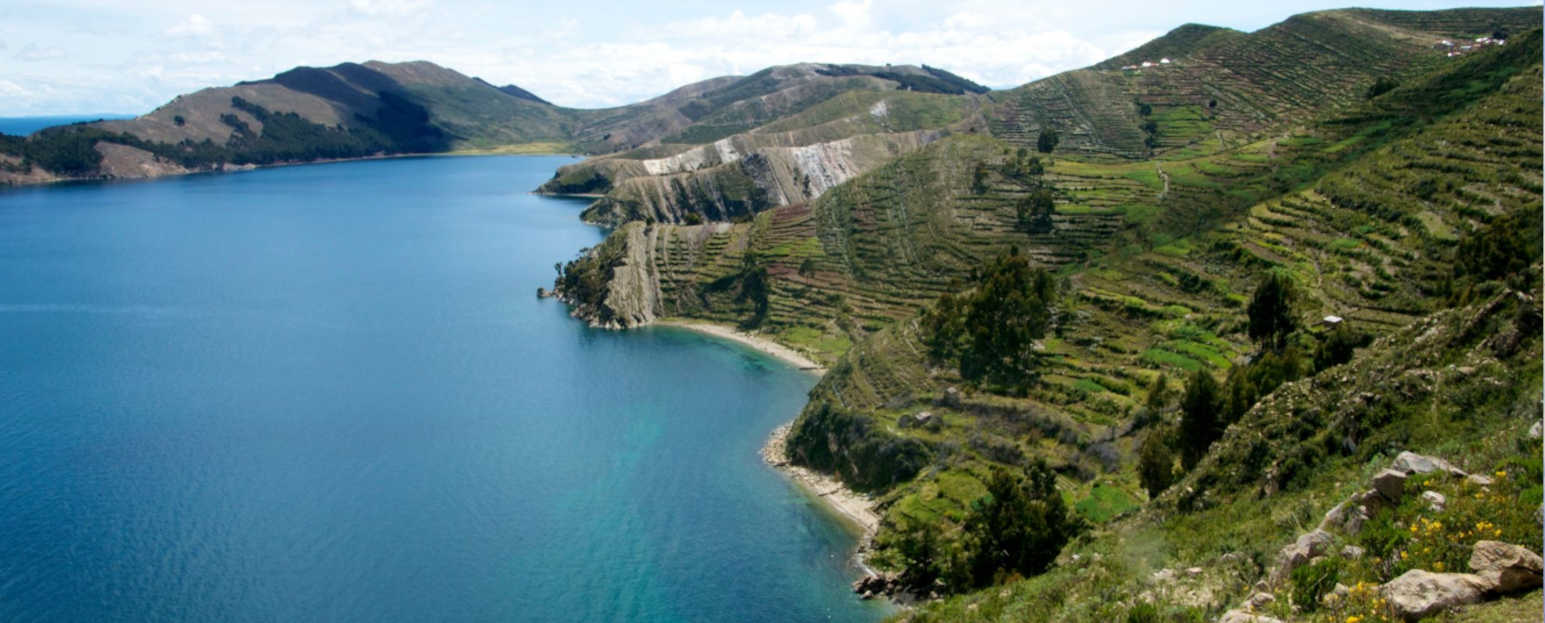
4. Explore the Madidi National Park
Believe it or not, the Amazon rainforest makes up more than 40% of Bolivia’s territory, and the best way to explore it is by visiting the Madidi National Park! Renowned for its extraordinary biodiversity, it ranks among Earth’s most ecologically rich areas.
The park is home to abundant plant and animal life, such as jaguars, spectacled bears, and pinked river dolphins, to name a few! You may even encounter the mysterious indigenous communities that have lived deep within this rainforest for generations. The varied terrains of the park include winding rivers, vast grassy plains, mosquito-filled lakes, and steep, forested hillsides.
To fully appreciate the wonders of Madidi, check out these varied Bolivian Amazon tours with multi-day options available.
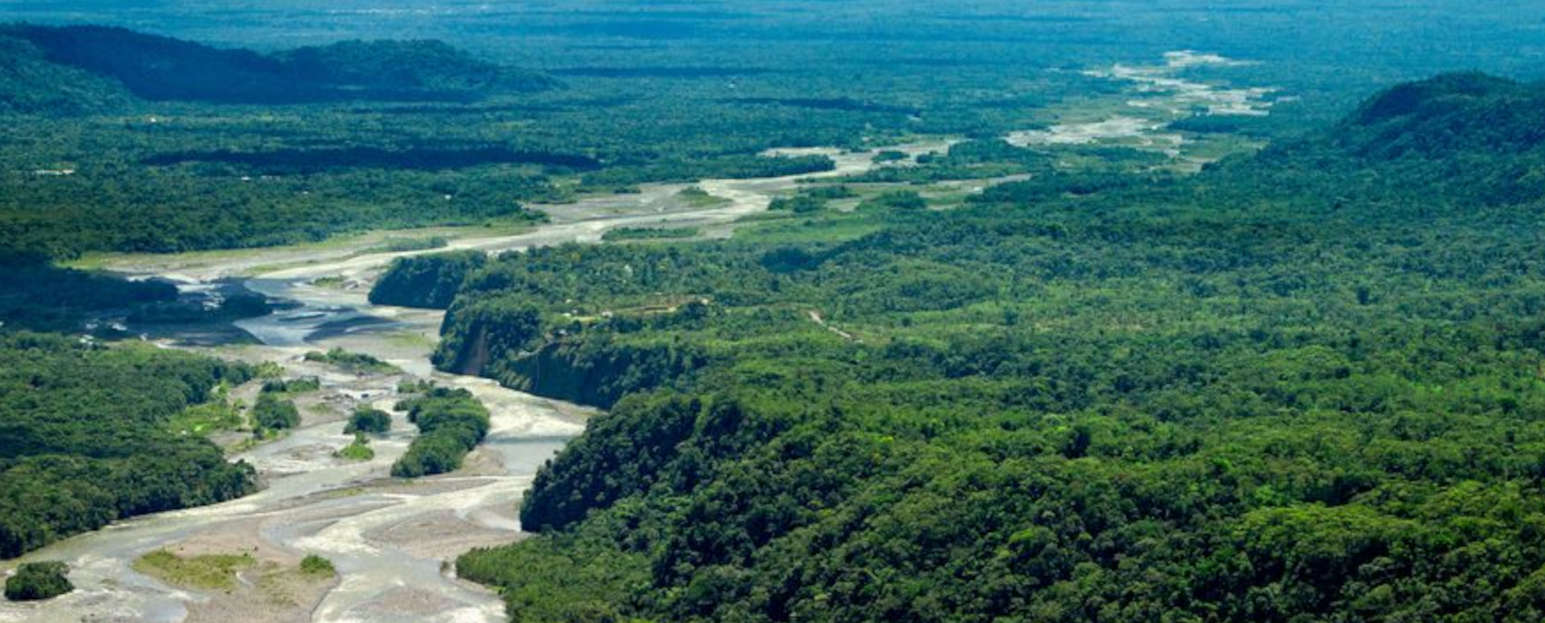
5. Visit the Incallajta Archaeological Site
Declared a national monument in 1929, Incallajta is the largest Inca ruin in Bolivia. The enigmatic archaeological site is located in Pocona, within the Cochabamba department, and is often overlooked by many. The citadel’s construction dates back to the late 15th century, first built by the Tupac Yupanqui and later reconstructed by Huayna Capac. Its purpose was to serve as a military fortress and political, administrative, and ceremonial center of the Inca Empire.
At the Incallajta entrance, you’ll find a Tourist Attention Center, where you can hire a local guide to tell you all about the essential details and history of the ruins.
6. Shop at the Witches Market in La Paz
Tucked away in the center of La Paz, you’ll stumble upon one of La Paz’s most intriguing spots—”El Mercado de Las Brujas,” or simply, the Witches’ Market. This market has gained popularity among local and foreign tourists visiting La Paz for its “unique” products.”
Among all the different things to buy in this market, the most popular and unique are potions, dried frogs, medicinal plants, and even Llama fetuses used as offerings to the Pachamama. Make sure to visit and see everything sold by the local witches or “Yatiris”. Definitely one of the more unique things to do in Bolivia!
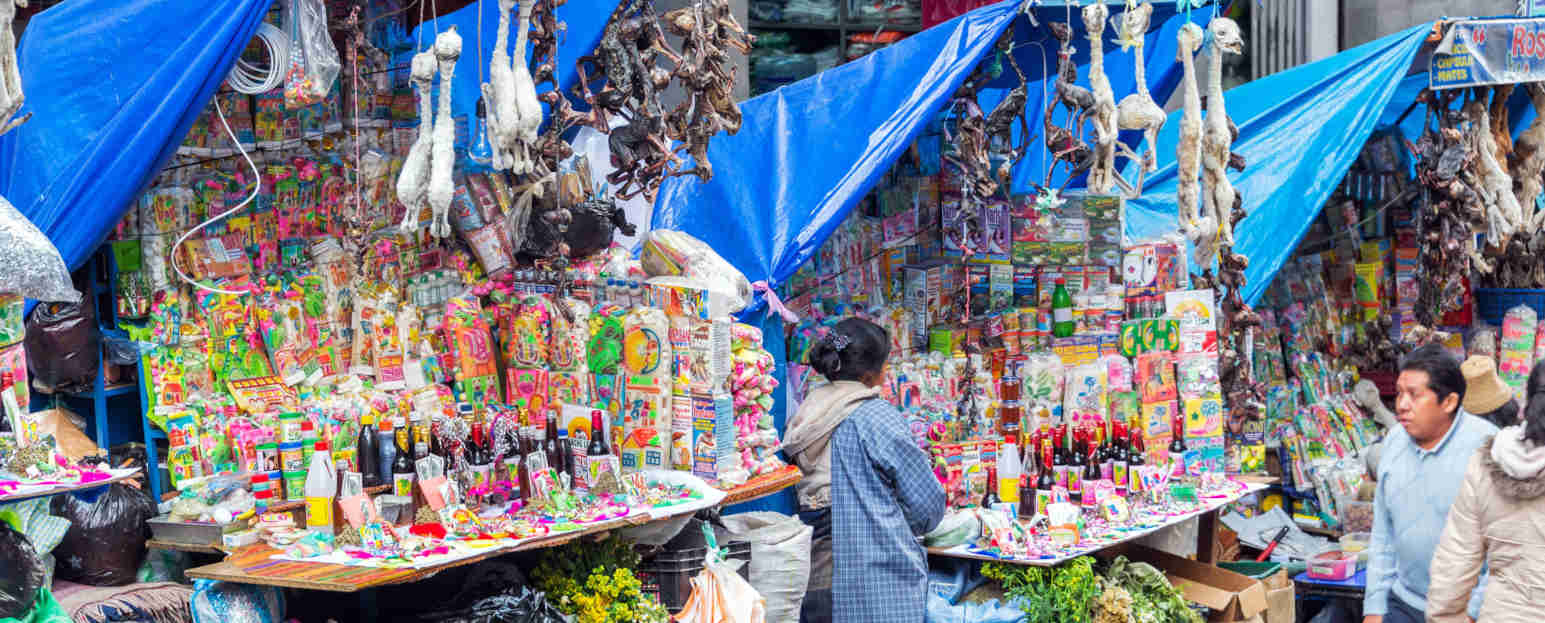
7. Walk through the Train Graveyard
Just outside Uyuni is the haunting attraction: the Train Graveyard. This eerie site is home to rusting locomotives and decaying train cars of the once-thriving railway system that transported minerals. In the early 20th century, these trains played a key role in Bolivia’s mining industry, but as the industry declined, the trains were abandoned, left to weather the harsh desert conditions.
Today, the Train Graveyard serves as a traveler’s playground. You can wander among and climb aboard the ghostly trains and take in the stunning contrast between the decaying metal and the salt flats stretching in the distance.
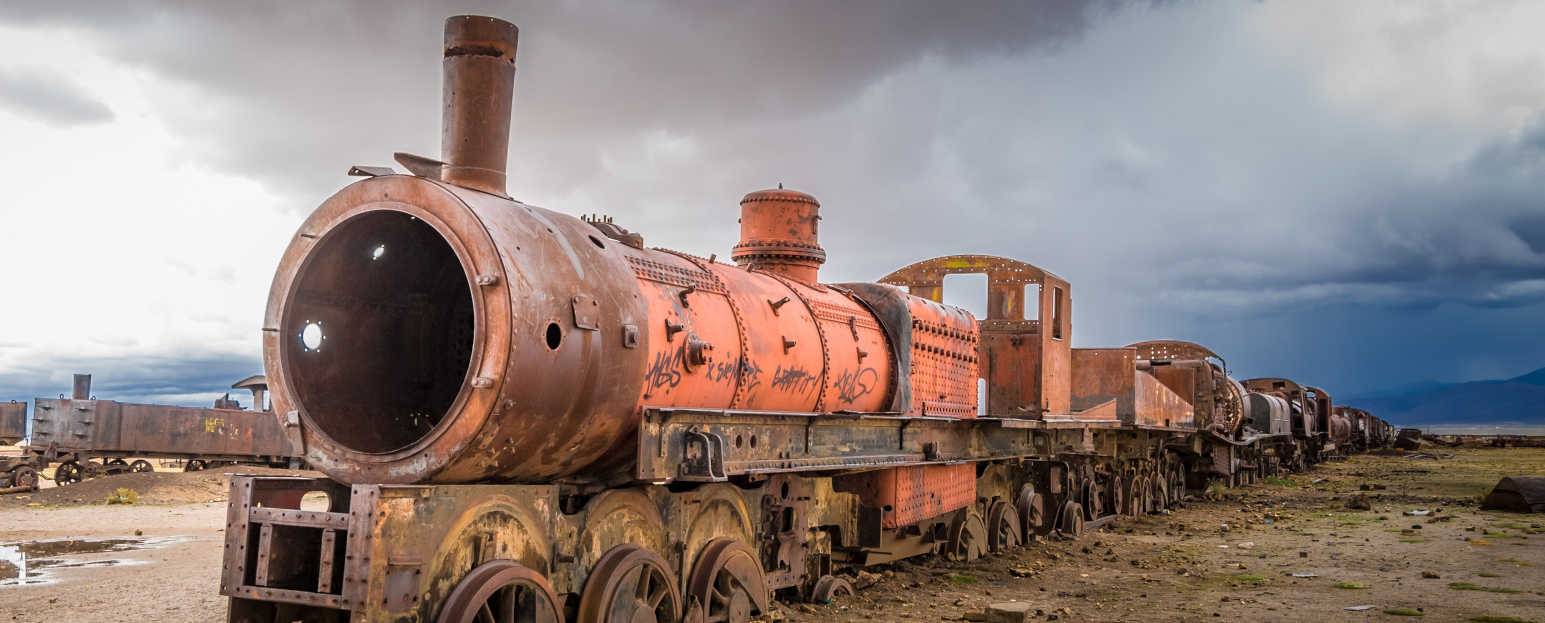
8. Tiwanaku, a pre-Columbian archaeological site
Tiwanaku, a UNESCO World Heritage Site since 2000, is one of Bolivia’s most important pre-Columbian archaeological sites. Dating back to a powerful civilization that predated the Incas, its incredible stone structures still puzzle archaeologists today.
Located just 72 km (44 miles) from La Paz, this historic site is a must-visit for anyone intrigued by ancient cultures and architecture.
9. Hike & climb Huayna Potosi
Even though it’s a challenge best suited for seasoned hikers and climbers, we can’t leave this experience out! Just a short distance from La Paz, this snow-capped peak towers at an impressive 6,088 meters above sea level and is considered one of the most accessible 6,000-meter climbs in the world.
While previous mountaineering experience is recommended, guided expeditions are available for those who want to take on the challenge. The ascent typically spans two to three days, allowing time to acclimate at base camp. The reward? Unbelievable panoramic views of the surrounding mountains, valleys, and La Paz in the distance.
But don’t underestimate this climb—altitude and freezing temperatures add to the difficulty of a Huayna Potosi Trek. Choose a reputable tour operator with high-quality equipment and experienced guides.
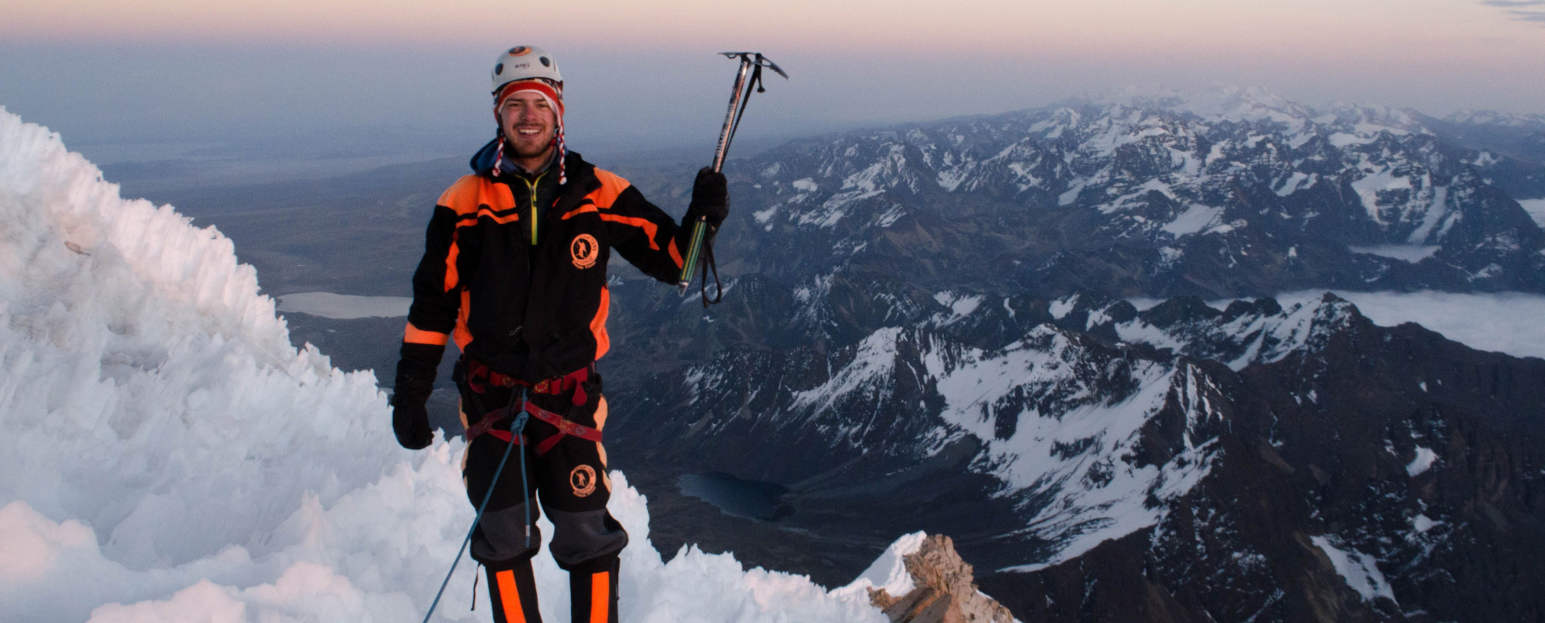
10. Visit the unusual Moon Valley
Walking through Moon Valley (Valle de la Luna) is a great way to spend a few hours, with trails that guide you through the fascinating terrains. Known for its unusual rock formations shaped by centuries of erosion, the landscape creates a scene similar to the moon, making it feel straight out of a sci-fi movie.
You’ll find viewpoints along the paths that offer sweeping views of the surrounding Andes and the distinctive rock formations below. The striking contrast of red and cream-colored rocks against the clear blue sky makes for great photo opportunities, so be sure to bring your camera!
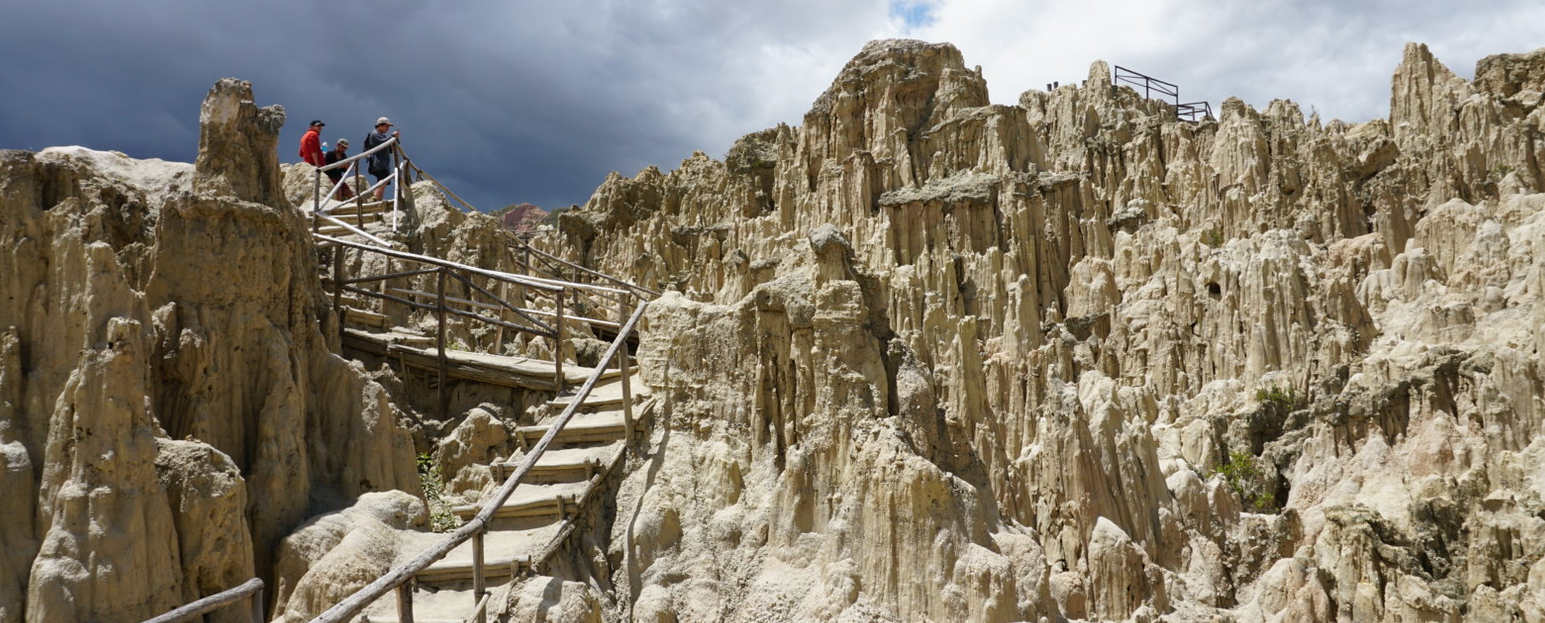
11. Go into the Potosi Silver Mines
Located in the dusty Cerro Rico mountain, these silver mines were once the heart of the Potosi region, making it one of the wealthiest cities in the Americas. But now, the largely deplete mine has led to economic hardship.
While small-scale mining continues today, visitors can take guided Potosi Mine tours and get a firsthand look at the harsh conditions miners have faced for centuries. At first glance, this might seem like a typical tourist attraction, but stepping inside the mines will quickly change your perspective.
Summary
Bolivia blew me away with everything it has to offer. From the stunning Salar de Uyuni to the mystical Witches’ Market, this country has so many things to do and see. If you haven’t been yet, I highly recommend adding Bolivia to your travel list—you won’t regret it!